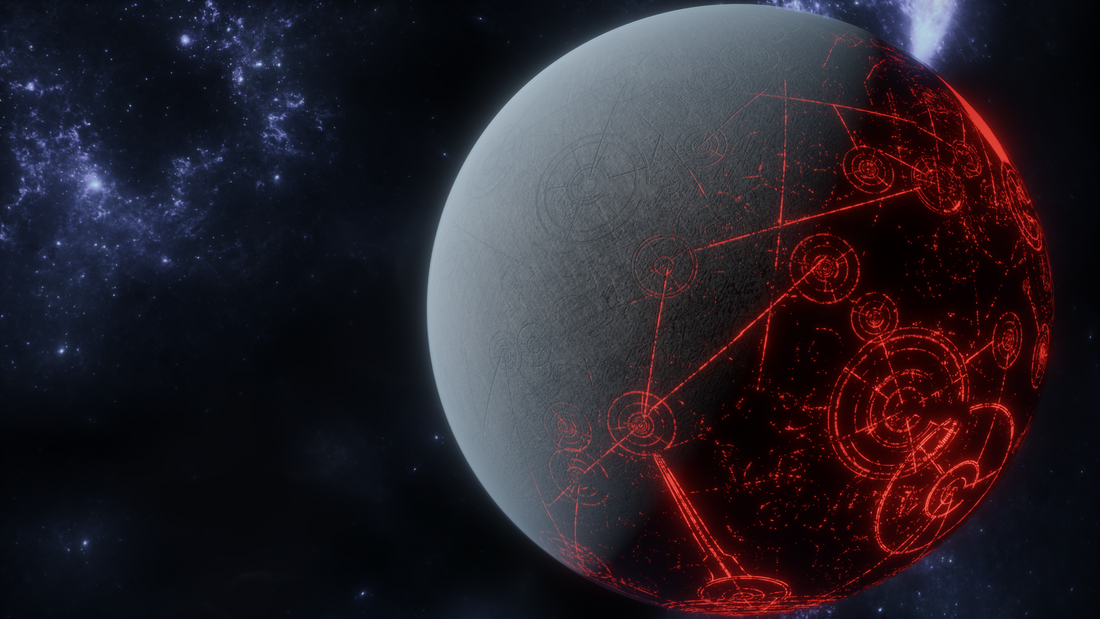
Backyard 9th Planet Astronerds Uncover 95 Brown Dwarfs, On Accident.
Share
The cosmic smorgasbord is home to many wonders.
Stars, black holes, planets and asteroids to name a few. Some of these sit between two classifications, including brown dwarfs. Brown dwarfs are stuck between kickstarting into a star due to insufficient mass yet too much mass to be considered a planet. And now, thanks to a collection of citizen scientists, over 100 of these have been found in the vicinity of our solar system.
This was made possible by the Backyard Worlds: Planet 9 Project, a group of amateur astronomers and scientists who commit to peering into the deep unknown in search of new discoveries for the love of the game.
So far over 1,500 new stars and the coldest brown dwarfs on record have been discovered just from the dedication of the project. These findings were published in The Astrophysical Journal, and lead author Aaron Meisner from the National Science Foundation added:
"This collection of cool brown dwarfs also allows us to accurately estimate the number of free-floating worlds roaming interstellar space near the Sun. “It’s exciting these could be spotted first by a citizen scientist, “The Backyard Worlds discoveries show that members of the public can play an important role in reshaping our scientific understanding of our solar neighbourhood.”
While an amazing achievement from amateurs with no monetary incentive, the discoveries were not the focal point of the project. As the name suggests, the project aims to uncover the truth about the fabled 9th planet at the edge of our solar system past the capabilities of our technology to detect it. If true, it would explain clustered orbital distant Kuiper Belt objects and their highly inclined orbital paths.
Here's a little (controversial) video featuring some characters from Caltech and UCLA.
Planet 9 is so far beyond the solar system that very little light from our sun would reach it meaning the search relies on infrared observatories, which coincidentally are perfect for spotting frigid brown dwarfs too.
But they're not just "stumbled upon". The project has worked through several trillion pixels with the goal of spotting a 9th planet that makes its orbit around the sun every 10 to 20 thousand years.
If we knew where it was exactly, we'd have a much better range of time.
Would you take up a telescope and peer into the unknown searching for brown dwarfs?
Or are you all about the Planet 9 hype?
Let us know in comments and share with a friend to spread ARSE!
#Space_Aus




